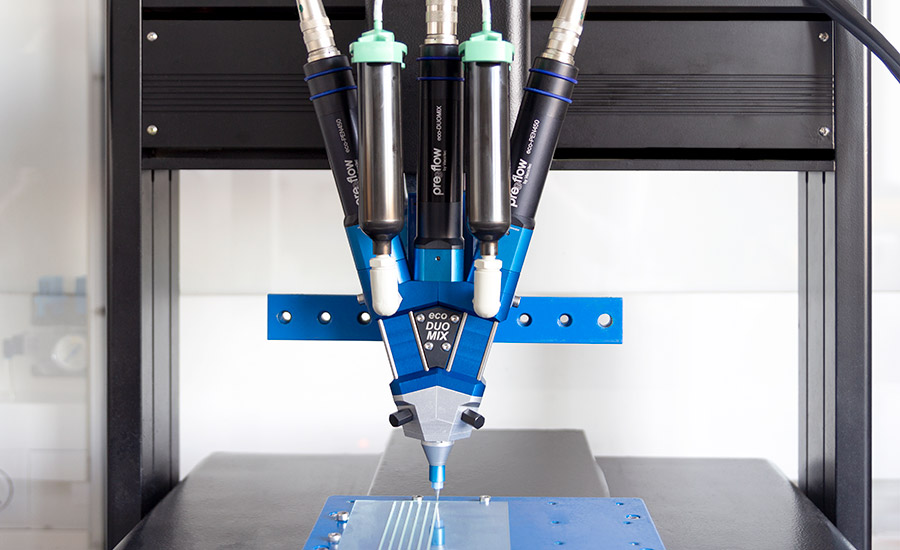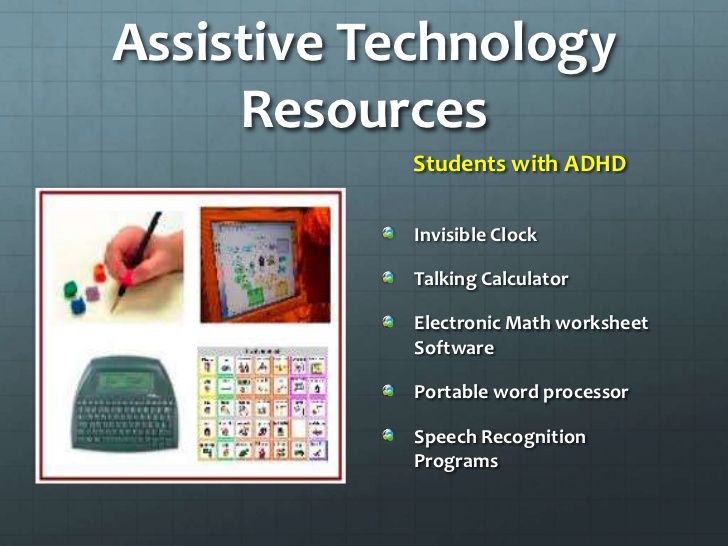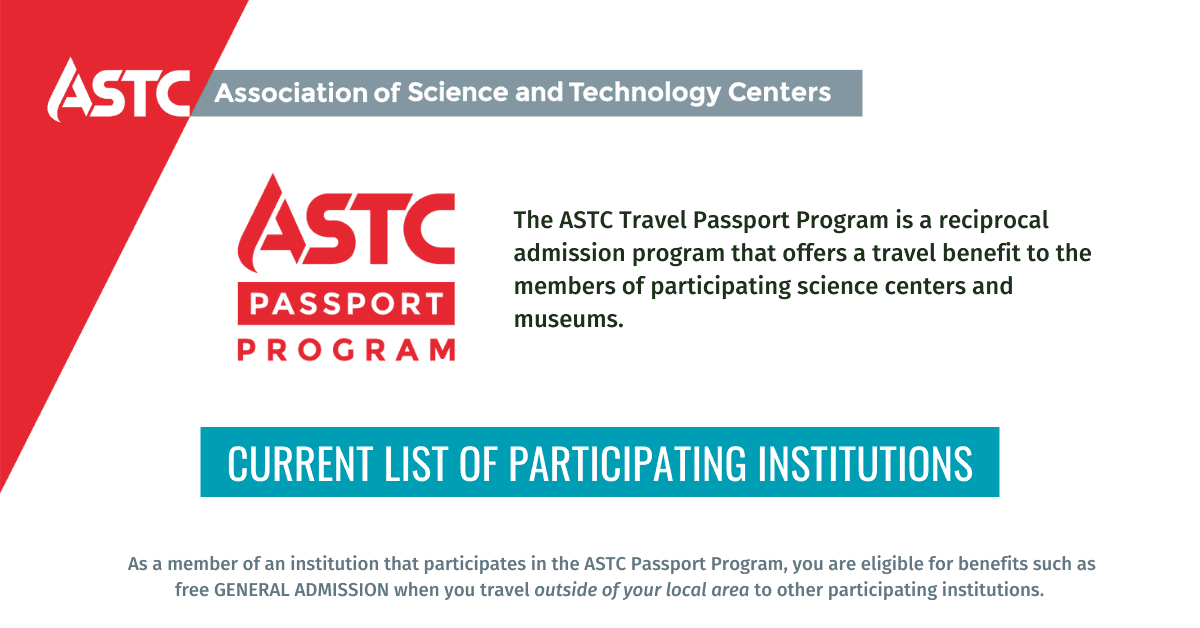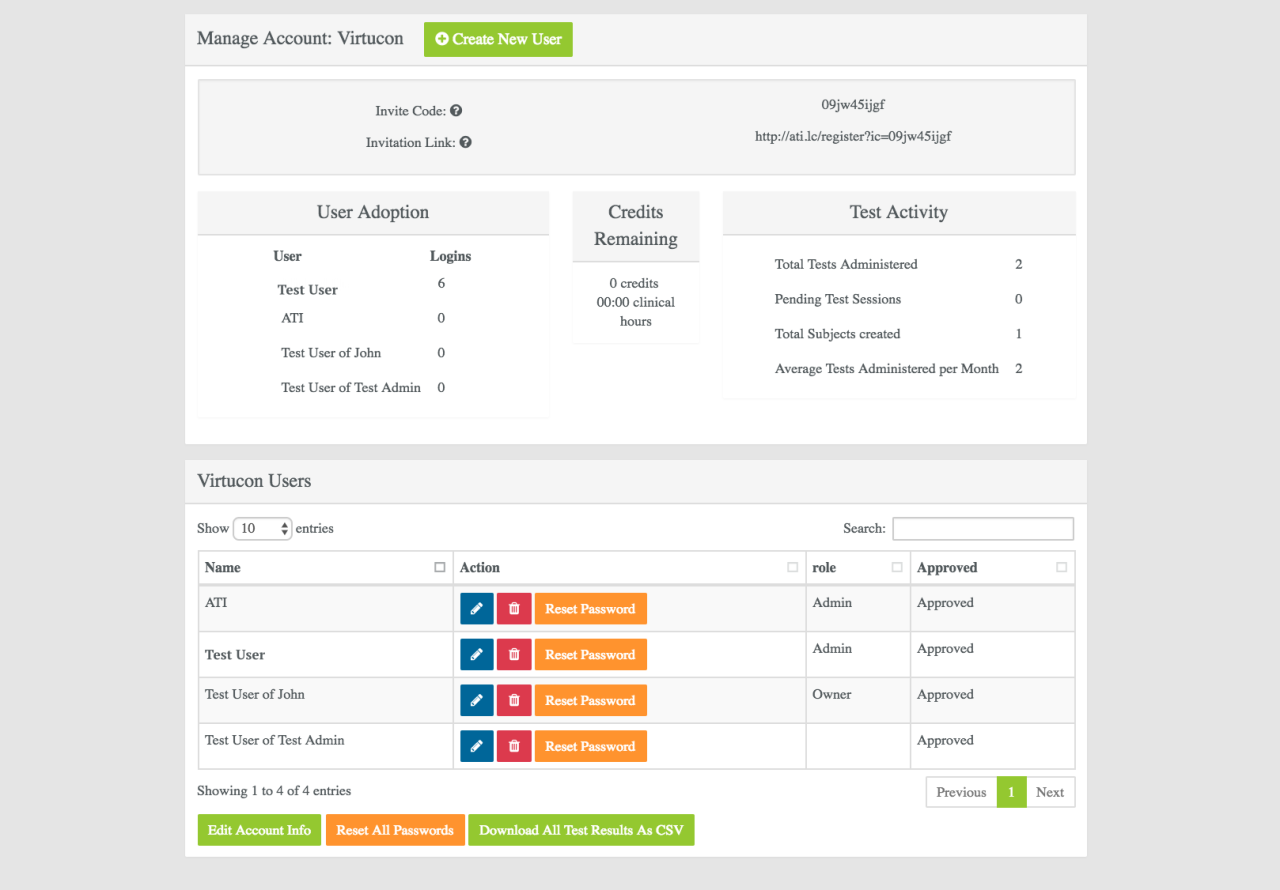USA Technologies Vending Machines: A Modern Revolution
USA Technologies vending machines are revolutionizing the way we interact with automated retail. From humble beginnings, vending machines have evolved into sophisticated, tech-driven platforms, transforming the landscape of convenience and […]

USA Technologies vending machines are revolutionizing the way we interact with automated retail. From humble beginnings, vending machines have evolved into sophisticated, tech-driven platforms, transforming the landscape of convenience and commerce.
The integration of technology has unlocked a new era for vending machines, empowering them with advanced features like digital payments, data analytics, and even artificial intelligence. This evolution has not only enhanced the user experience but has also opened up a world of possibilities for businesses seeking to streamline operations and engage customers in innovative ways.
The Rise of Vending Machines in the USA

The vending machine, a seemingly mundane fixture in offices, schools, and public spaces, has a rich and fascinating history in the United States. From its humble beginnings to its modern-day sophistication, the vending machine has evolved alongside American society, reflecting its changing needs, desires, and technological advancements.
Early Innovations and the Dawn of Automated Retail
The origins of the vending machine can be traced back to ancient times, with rudimentary mechanisms for dispensing goods appearing in various civilizations. However, the modern vending machine as we know it emerged in the late 19th century, driven by technological innovations and the burgeoning industrialization of the United States.
- In 1883, the first commercially successful vending machine was introduced in the United States, dispensing chewing gum. This invention marked a significant milestone, laying the groundwork for the future growth of the vending machine industry.
- The early 20th century witnessed further innovations, with the development of vending machines capable of dispensing various products, including cigarettes, stamps, and even postcards. These machines were often placed in public spaces, train stations, and other high-traffic areas.
- The introduction of electricity in the early 1900s revolutionized the vending machine industry. Electric-powered machines were more efficient and reliable, enabling the dispensing of a wider range of products, including hot beverages and snacks.
Factors Driving Growth and Expansion
The vending machine industry experienced significant growth in the United States throughout the 20th century, driven by a confluence of factors, including:
- The Rise of Consumerism: The post-World War II era saw a surge in consumerism, with Americans embracing new products and conveniences. Vending machines provided a convenient and accessible way to purchase goods, particularly in busy urban environments.
- Technological Advancements: Continued innovations in technology, such as the development of microprocessors and digital displays, led to more sophisticated and user-friendly vending machines. These advancements enabled the dispensing of a wider range of products, including refrigerated items, hot food, and even pharmaceuticals.
- The Growth of the Workforce: The expansion of the American workforce, particularly in office settings, created a demand for convenient food and beverage options. Vending machines provided a readily available source of sustenance for busy employees.
- Changing Lifestyles: As American lifestyles became increasingly hectic, vending machines offered a convenient and time-saving alternative to traditional retail outlets. Their 24/7 availability made them particularly attractive to individuals with busy schedules.
The Modern Vending Machine Market in the USA
Today, the vending machine industry in the United States is a multi-billion dollar market, with millions of machines dispensing a vast array of products. The industry has continued to evolve, adapting to changing consumer preferences and technological advancements.
- Cashless Payments: The widespread adoption of credit and debit cards, as well as mobile payment technologies, has transformed the way consumers interact with vending machines. Many modern machines now accept a variety of payment methods, including contactless payments and mobile wallets.
- Smart Vending: The integration of technology into vending machines has led to the emergence of “smart vending.” These machines use sensors, data analytics, and connectivity to optimize inventory management, provide real-time performance insights, and enhance customer engagement.
- Emerging Trends: The vending machine industry is constantly evolving, with new trends emerging. These include the rise of micro-markets, which offer a wider selection of food and beverage options in a self-service environment, and the integration of vending machines into automated retail solutions, such as automated grocery stores and self-service kiosks.
Statistics and Market Size
The vending machine industry in the United States is a significant contributor to the economy, generating billions of dollars in annual revenue. According to the National Automatic Merchandising Association (NAMA), the industry generated over $23 billion in revenue in 2020.
- The number of vending machines in the United States is estimated to be in the millions, with a significant concentration in urban areas and high-traffic locations.
- The most popular products dispensed by vending machines include snacks, beverages, and confectionery items. However, the industry is expanding to include a wider range of products, such as fresh food, pharmaceuticals, and even electronics.
Technology’s Impact on Vending Machines
The vending machine industry in the USA has undergone a significant transformation thanks to advancements in technology. Modern vending machines are no longer just simple dispensers of snacks and drinks but are becoming increasingly sophisticated, offering a wide range of products and services.
Automation
Automation has played a crucial role in modernizing vending machines. Machines are now equipped with automated systems that handle tasks like product inventory management, payment processing, and even cleaning. This has led to increased efficiency, reduced labor costs, and improved reliability.
- Inventory Management: Automated inventory systems track product levels in real-time, ensuring that machines are always stocked with popular items. This eliminates the need for manual stock checks and reduces the risk of stockouts.
- Payment Processing: Modern vending machines accept a variety of payment methods, including cash, credit cards, mobile wallets, and even contactless payments. This convenience attracts a wider range of customers and reduces the need for cash handling.
- Cleaning and Maintenance: Automated cleaning systems help to maintain the hygiene of vending machines, reducing the need for manual cleaning. This ensures that products are dispensed in a clean and sanitary environment.
Digital Payments
The integration of digital payment systems has revolutionized the way consumers interact with vending machines. Customers can now pay for their purchases using smartphones, smartwatches, and other digital devices.
- Cashless Transactions: Digital payments eliminate the need for cash, making transactions faster and more convenient for customers. This is particularly beneficial in situations where cash is not readily available or is inconvenient to use.
- Data Collection: Digital payments provide valuable data about customer preferences, purchase history, and spending patterns. This data can be used to optimize product offerings and marketing strategies.
- Increased Security: Digital payments are more secure than cash transactions, reducing the risk of theft and fraud.
Data Analytics
Modern vending machines are equipped with sensors and data collection systems that gather information about machine performance, product sales, and customer behavior. This data is then analyzed to identify trends, optimize operations, and enhance the customer experience.
- Sales Forecasting: Data analytics can be used to predict product demand and optimize inventory levels. This helps to reduce waste and ensure that machines are always stocked with the right products.
- Customer Insights: By analyzing customer purchase patterns, vending machine operators can identify popular products, understand customer preferences, and tailor product offerings accordingly.
- Machine Maintenance: Data analytics can help to identify potential machine malfunctions and schedule maintenance before problems occur. This reduces downtime and ensures that machines are always operational.
Emerging Technologies
Emerging technologies like artificial intelligence (AI) and the internet of things (IoT) are transforming the vending machine industry, offering new possibilities for innovation and customer engagement.
- AI-Powered Personalization: AI algorithms can analyze customer data and personalize product recommendations based on individual preferences. This can lead to increased sales and customer satisfaction.
- IoT Connectivity: IoT-enabled vending machines can communicate with operators in real-time, providing data on machine status, inventory levels, and customer interactions. This allows operators to monitor machines remotely and respond to issues quickly.
- Interactive Vending Experiences: AI and IoT can be used to create interactive vending experiences, such as personalized product recommendations, entertainment options, and even loyalty programs. This can help to enhance the customer experience and drive sales.
Types of Vending Machines in the USA
The United States boasts a diverse landscape of vending machines, catering to a wide range of consumer needs and preferences. From classic snack and beverage dispensers to more specialized and technologically advanced models, these automated retailers have become an integral part of American life.
Classifications of Vending Machines
Vending machines can be classified based on the products they dispense, their operating mechanisms, and their target markets. A common classification system categorizes them into:
- Food and Beverage Vending Machines: These are the most prevalent type, offering a variety of snacks, beverages, and sometimes even prepared meals. They are typically found in high-traffic areas such as offices, schools, airports, and train stations.
- Merchandise Vending Machines: These machines dispense a wide array of non-food items, including electronics, clothing, toys, and personal care products. They are often found in retail stores, hotels, and entertainment venues.
- Service Vending Machines: These machines provide services rather than physical products. Examples include ticket vending machines, ATM machines, and self-service kiosks.
Types of Vending Machines in the USA
The United States is home to a wide variety of vending machines, each with its unique features and applications. Here are some of the most common types:
| Type | Features | Applications | Examples |
|---|---|---|---|
| Snack Vending Machines | Dispense a variety of snacks, including chips, candy, cookies, and nuts. Typically have multiple columns and rows with various options. Often include a money changer and a selection screen. | High-traffic areas like offices, schools, airports, and train stations. | Candy machines, chip machines, and snack machines that offer a variety of items. |
| Beverage Vending Machines | Dispense cold or hot beverages, including soda, juice, water, coffee, and tea. Often have multiple compartments with different beverage options. May include a refrigerated compartment for cold drinks and a hot water dispenser for hot beverages. | High-traffic areas like offices, schools, airports, and train stations. | Soda machines, coffee machines, and water dispensers. |
| Combination Vending Machines | Offer a combination of snacks and beverages in one machine. Often have a larger capacity and more options than single-product vending machines. | High-traffic areas like offices, schools, airports, and train stations. | Machines that dispense both snacks and drinks. |
| Hot Food Vending Machines | Dispense hot meals, such as pizza, sandwiches, and pasta. Often have a built-in oven or microwave to heat the food. | High-traffic areas like offices, schools, hospitals, and factories. | Pizza machines, sandwich machines, and pasta machines. |
| Bulk Vending Machines | Dispense large quantities of items, such as candy, nuts, and gum. Often have a large hopper and a rotating dispenser. | High-traffic areas like amusement parks, movie theaters, and convenience stores. | Machines that dispense large quantities of candy, nuts, and gum. |
| ATM Machines | Allow customers to withdraw cash, deposit funds, and check their account balances. | Banks, retail stores, and other public locations. | Bank ATMs and retail ATMs. |
| Ticket Vending Machines | Dispense tickets for events, transportation, and other services. | Train stations, airports, and movie theaters. | Train ticket machines, airline ticket machines, and movie ticket machines. |
| Self-Service Kiosks | Provide a variety of services, such as ordering food, paying bills, and checking in for flights. | Restaurants, hotels, and airports. | Kiosks for ordering food, paying bills, and checking in for flights. |
Vending Machine Applications in Various Sectors
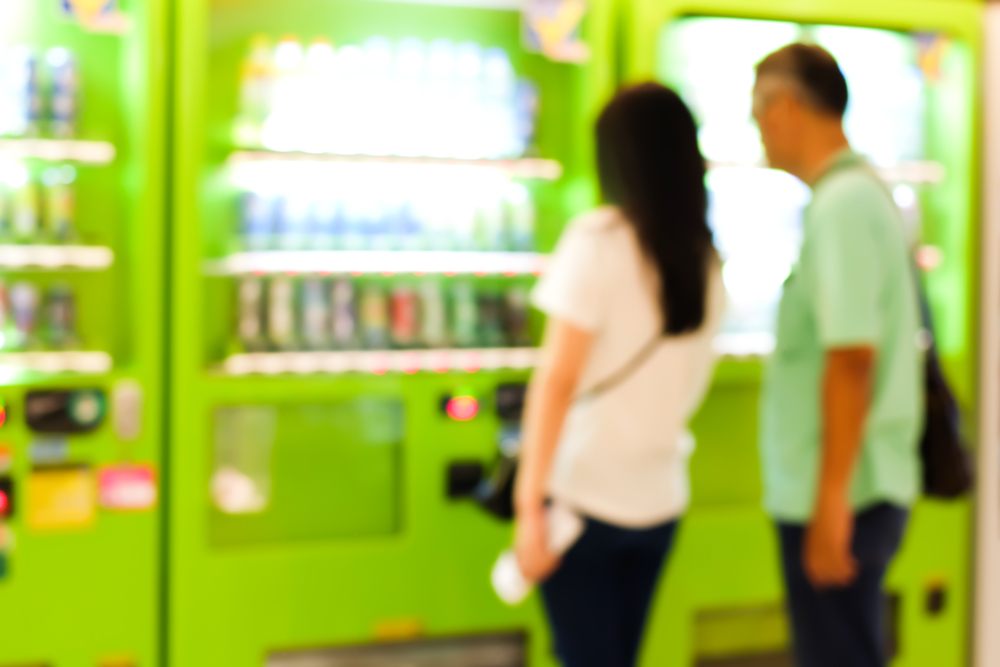
Vending machines have transcended their traditional role of dispensing snacks and beverages, becoming increasingly prevalent across various sectors of the US economy. Their adaptability and convenience have led to their integration into healthcare, education, hospitality, and retail environments, transforming how goods and services are delivered.
Healthcare
Vending machines play a significant role in healthcare facilities, offering a variety of benefits.
- Improved patient satisfaction: Vending machines provide patients with easy access to snacks, beverages, and other essential items, enhancing their overall experience.
- Increased revenue: Hospitals and clinics can generate additional revenue by selling items through vending machines, contributing to their financial sustainability.
- Enhanced staff convenience: Vending machines provide staff with a quick and convenient way to purchase snacks and beverages, boosting their productivity and morale.
Challenges include ensuring the availability of healthy and nutritious options, maintaining hygiene and cleanliness, and managing inventory effectively.
Case study: The University of California, San Francisco Medical Center implemented a vending machine program that offers healthy snacks and beverages, promoting a healthier lifestyle for patients and staff. The program has been successful in increasing healthy food consumption and reducing waste.
Education
Vending machines are commonly found in educational institutions, serving both students and staff.
- Convenience for students: Vending machines provide students with a convenient and accessible source of snacks, beverages, and other necessities during breaks and after school hours.
- Revenue generation: Schools and universities can generate additional revenue through vending machine sales, supporting their educational programs and facilities.
- Flexibility and customization: Vending machines can be customized to offer a variety of products tailored to the specific needs and preferences of the student population.
Challenges include ensuring the availability of healthy and affordable options, managing inventory effectively, and preventing vandalism or misuse.
Case study: The University of Texas at Austin has implemented a “Healthy Choices” vending machine program, offering a selection of nutritious snacks and beverages. The program has been successful in promoting healthier eating habits among students.
Hospitality
Vending machines have become an integral part of the hospitality industry, enhancing guest experience and convenience.
- 24/7 availability: Vending machines provide guests with access to snacks, beverages, and other items around the clock, meeting their needs at any time.
- Reduced labor costs: Vending machines eliminate the need for additional staff to manage food and beverage services, reducing labor costs for hotels and restaurants.
- Increased revenue streams: Hotels and restaurants can generate additional revenue by selling items through vending machines, maximizing their profitability.
Challenges include ensuring the availability of a variety of products, maintaining hygiene and cleanliness, and providing adequate security to prevent theft or vandalism.
Case study: The Hyatt Regency Chicago has implemented a “Grab & Go” vending machine program in its lobby, offering a selection of snacks, beverages, and travel essentials. The program has been successful in enhancing guest satisfaction and convenience.
Retail
Vending machines are increasingly used in retail settings, offering a variety of benefits.
- Increased sales and revenue: Vending machines provide retailers with an opportunity to sell products 24/7, increasing their sales and revenue.
- Enhanced customer experience: Vending machines provide customers with a convenient and efficient way to purchase products, improving their overall shopping experience.
- Reduced staffing costs: Vending machines eliminate the need for additional staff to manage product sales, reducing labor costs for retailers.
Challenges include ensuring the availability of a variety of products, maintaining hygiene and cleanliness, and managing inventory effectively.
Case study: Amazon Go, a retail store concept that uses technology to eliminate checkout lines, has implemented a network of vending machines to offer a variety of products to customers. The program has been successful in providing a seamless and convenient shopping experience.
Future Trends in USA Vending Machine Technology
The vending machine industry is experiencing a rapid evolution, driven by advancements in technology and changing consumer preferences. The future of vending machines promises to be more interactive, personalized, and efficient than ever before.
Emerging Trends in Vending Machine Technology
Emerging trends in vending machine technology are transforming the industry by offering more convenient, personalized, and sustainable solutions.
- Artificial Intelligence (AI) and Machine Learning: AI and machine learning are revolutionizing vending machine operations by optimizing inventory management, predicting demand, and personalizing customer interactions. AI-powered vending machines can analyze data from various sources, such as purchase history, weather patterns, and social media trends, to anticipate customer needs and ensure optimal product availability. They can also recommend personalized products based on individual preferences, dietary restrictions, and purchase history.
- Internet of Things (IoT) Connectivity: IoT connectivity enables vending machines to communicate with each other, with suppliers, and with consumers. This allows for real-time monitoring of inventory levels, remote machine management, and proactive maintenance. IoT-enabled vending machines can also provide customers with information about product availability, pricing, and nutritional content.
- Cashless Payments: The increasing adoption of cashless payment methods, such as mobile wallets and contactless cards, is driving a shift towards cashless vending machines. These machines offer greater convenience and security for customers, as well as reduced operating costs for businesses.
- Touchscreen Interfaces: Touchscreen interfaces provide a more intuitive and engaging user experience. They allow customers to browse products, view nutritional information, and make selections with ease. Touchscreens also offer opportunities for targeted advertising and promotional campaigns.
- Sustainability and Green Technology: The vending machine industry is embracing sustainability by incorporating eco-friendly materials, energy-efficient technologies, and responsible waste management practices. Sustainable vending machines can reduce their environmental footprint and appeal to environmentally conscious consumers.
Potential Innovations and Advancements, Usa technologies vending machines
Potential innovations and advancements in vending machine technology have the potential to revolutionize the industry, creating new opportunities for businesses and enhancing the customer experience.
- Personalized Vending: Vending machines could offer personalized product recommendations based on individual preferences, dietary restrictions, and purchase history. This could be achieved through the use of AI, machine learning, and biometric authentication. Imagine a vending machine that recognizes you as you approach and displays a curated selection of your favorite snacks and drinks, or even suggests new products based on your taste profile.
- 3D Printing Vending: 3D printing technology could enable vending machines to produce custom products on demand. This would eliminate the need for large inventory stockpiles and allow customers to create personalized items, such as jewelry, accessories, or even food. Imagine a vending machine that can print a customized phone case, a personalized mug, or even a fresh pizza according to your specifications.
- Robotics and Automation: Robotics and automation could streamline vending machine operations, reducing labor costs and improving efficiency. Automated vending machines could handle tasks such as stocking, inventory management, and customer service. Imagine a vending machine that can restock itself automatically, identify and remove expired products, and even answer customer inquiries through a voice assistant.
- Augmented Reality (AR) and Virtual Reality (VR): AR and VR technologies could enhance the customer experience by providing interactive product information and immersive shopping environments. Imagine a vending machine that uses AR to display nutritional information and product reviews when you point your smartphone at a particular item, or a VR experience that allows you to virtually “try on” different clothing options before making a purchase.
Futuristic Vending Machine Concept
Imagine a sleek, futuristic vending machine with a large, interactive touchscreen display. The machine is equipped with a variety of advanced technologies, including AI, IoT connectivity, and biometric authentication.
- Personalized Product Recommendations: The vending machine analyzes your purchase history, dietary preferences, and even your mood using AI-powered facial recognition to suggest personalized product recommendations.
- Interactive Shopping Experience: The touchscreen display allows you to browse products, view nutritional information, and even watch short videos about the products. You can also use the touchscreen to customize your order, such as adding toppings to a pizza or choosing the size of your coffee.
- Cashless Payment Options: The machine accepts a variety of cashless payment methods, including mobile wallets, contactless cards, and even biometrics-based payment systems.
- Automated Stocking and Inventory Management: The vending machine is equipped with an automated stocking system that ensures optimal product availability. The machine also uses IoT connectivity to communicate with suppliers, ensuring that it is always stocked with the most popular items.
- Sustainable Design: The vending machine is made from recycled materials and uses energy-efficient technologies to minimize its environmental impact.
Epilogue: Usa Technologies Vending Machines
As technology continues to advance, we can expect to see even more innovative and transformative applications of vending machines in the years to come. From personalized recommendations to seamless integration with mobile wallets, the future of vending machines promises to be both exciting and impactful. The evolution of USA Technologies vending machines is a testament to the power of technology to shape the future of retail and provide consumers with convenient and engaging experiences.
USA Technologies is a leading provider of cashless payment and digital engagement solutions for the vending industry. Their technology empowers businesses to offer a wide range of products and services through their vending machines, which often requires a strong executive team with a deep understanding of the technology sector.
Finding the right leaders for this type of company can be challenging, which is where executive search in the technology sector comes in. These firms specialize in identifying and recruiting top talent for companies like USA Technologies, ensuring they have the right people in place to drive innovation and growth in the evolving vending industry.



